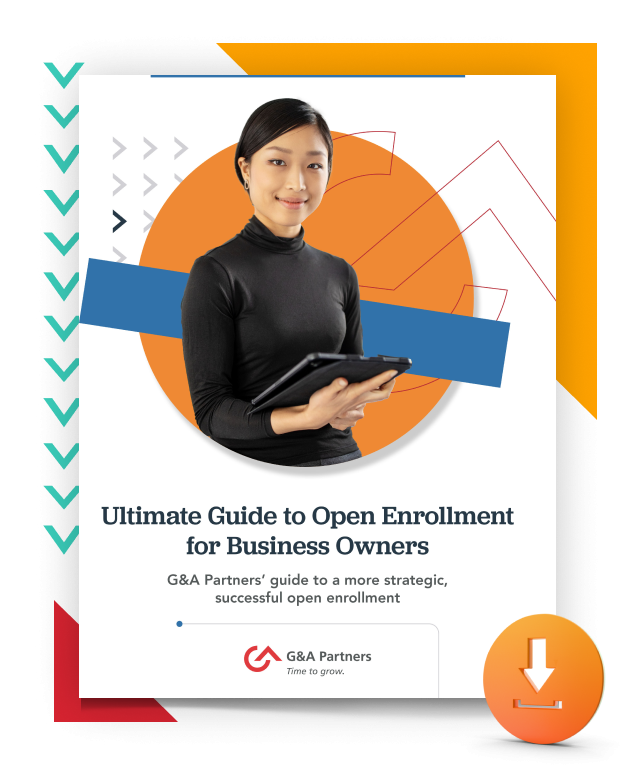When we refer to traditional benefits, we’re referring to benefits that employers have been offering for several decades and, therefore, most employees expect. These traditional benefits typically include group health insurance and a mix of ancillary options and perks such as:
- Retirement plans
- Life insurance
- Dental insurance
- Vision insurance
- Paid time off
- Short- and long-term disability
- Bonuses or company equity



